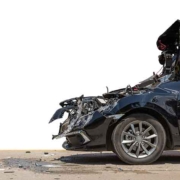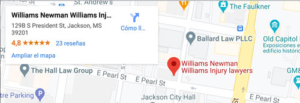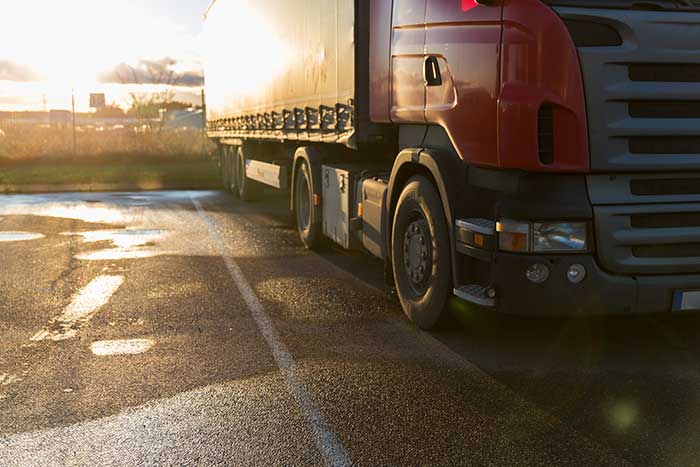Are Mississippi Drivers Safe with Tesla’s Self-Driving Technology?
Recently, the CEO of Tesla has been vocal about his dissatisfaction with how the media reports on accidents involving the company’s semiautonomous vehicles. This criticism has resonated with many of Tesla’s supporters and investors. However, it is important for residents of Mississippi to understand the implications behind these criticisms, as they may lead to uninformed opinions if taken at face value. Car accident attorneys often deal with cases where technology plays a role, making it crucial to separate fact from fiction when discussing the safety of self-driving vehicles.
The Utah Accident: A Case Study
One incident that drew significant media attention involved a Tesla Model S in Utah. The driver, who had engaged the Autopilot feature, crashed into a fire truck while allegedly looking down at her phone, resulting in a broken ankle. The Tesla CEO expressed surprise that this accident made front-page news, especially given that tens of thousands of fatal car accidents occur annually with far less coverage. The widespread media interest in this case stemmed not from the severity of the accident but from the involvement of self-driving technology, which remains a subject of intense public scrutiny. Personal injury attorneys can offer valuable insights into the legal complexities that arise when autonomous technology is involved in accidents.
The Debate Over Media Coverage
Critics argue that the media’s focus on accidents involving self-driving cars, particularly Tesla’s, is disproportionate. However, it is essential to recognize that self-driving technology is still in its developmental stages and has largely been tested in a regulatory vacuum. This means that any incident involving such technology is newsworthy due to its potential implications for future road safety. The Utah driver’s use of Autopilot, combined with her distraction, raises valid concerns about whether self-driving cars may lead to complacency among drivers. Attorneys who handle cases involving technology and negligence must consider these factors when building their cases.
The Responsibility of Tesla and Its Drivers
Tesla’s response to the criticism has been to highlight the driver’s negligence in the Utah incident. While the company’s stance is that drivers must remain attentive even when using Autopilot, this does not address broader concerns about the safety of semiautonomous technology. Tesla has not announced any significant measures to improve safety standards or encourage better driver behavior, leaving many questions unanswered. In cases where technology is a contributing factor to an accident, car accident attorneys play a crucial role in determining liability and ensuring that victims receive fair compensation.
Legal Implications of Accidents Involving Semiautonomous Vehicles
Under auto accident law, individuals who suffer injuries, property damage, or other losses due to a driver’s negligence are typically eligible for compensation. This applies to accidents involving both fully autonomous and semiautonomous vehicles. Drivers are responsible for maintaining control of their vehicles, regardless of the level of autonomy. Before filing a claim, it is advisable for victims to consult with an attorney who can evaluate the case and determine the extent of comparative negligence. Personal injury attorneys can assist in negotiating settlements or, if necessary, litigating the case to achieve a just outcome.
Conclusion: Navigating the Future of Driving in Mississippi
As self-driving technology continues to evolve, the legal landscape surrounding its use will also change. For Mississippi drivers, staying informed about the potential risks and legal responsibilities associated with semiautonomous vehicles is essential. By consulting with attorneys who are knowledgeable in this area, drivers can ensure that they are prepared to handle any issues that may arise from the use of advanced driving technologies.
Through continued dialogue and legal advocacy, it is possible to strike a balance between embracing technological advancements and ensuring that road safety remains a top priority.























